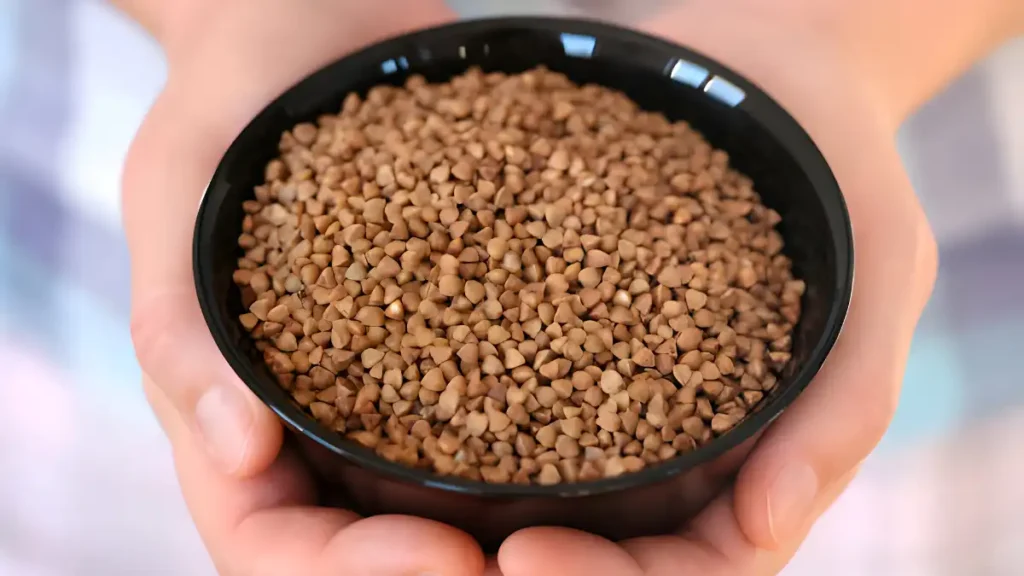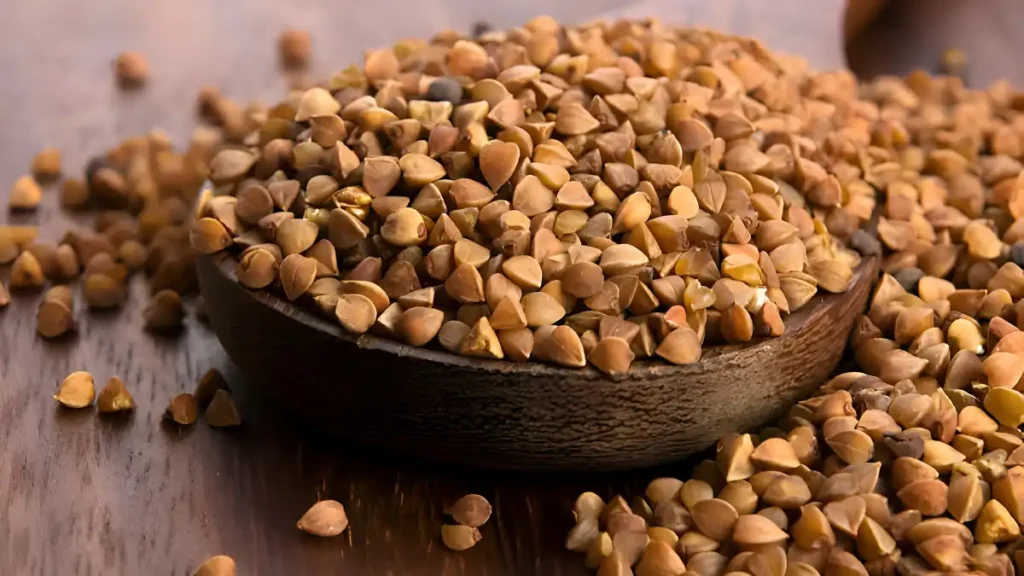In many parts of the world, buckwheat has been grown for millennia as a flexible and nutrient-dense grain substitute. Owing to its versatility in varying climates and soil conditions, it has even made its way into backyard gardens. Buckwheat harvesting in your garden can be a satisfying experience, providing you with the joy of cultivating your food in addition to a plentiful yield. We’ll look at how to harvest buckwheat in your garden in this article.
Methods for harvesting buckwheat from the ground:
- When most of the seeds on the plant have turned brown, it’s time to harvest the wheat. Usually, this happens ten to twelve weeks after planting.
- Pick a sunny, dry day to harvest. By doing this, you can make sure the seeds are completely dry and simpler to handle.
- About 6 to 12 inches above the ground, trim the buckwheat stems with sharp garden shears or scissors. To make handling the stems easier, gather them into little bunches.
- To remove the seeds, pound the seed heads against the inside of a sanitized bucket or barrel. Using a stick or flail, beat the seed heads that are placed on a sanitized tarp or sheet. If processing a large quantity of buckwheat, use a threshing machine.

- After the seeds are extracted from the plant material, any leftover chaff needs to be removed. Winnowing is one method for achieving this, which includes throwing the seeds into the air on a windy day. The heavier seeds will remain behind while the lighter chaff is blown away.
- Examine the seeds for any leftover chaff or debris after they have been winnowed. The seeds can be further cleaned by blowing away any leftover particles with a portable fan or by putting them through a fine mesh sieve.
- Store the seeds in an airtight container in a cool, dry location after they are clean and dry. Buckwheat seeds can be kept for several months if stored properly.
Conclusion:
In conclusion, it might emphasize the value of making sure the crop is sufficiently dried before storing, the methods involved in harvesting buckwheat, and the need to schedule the harvest correctly. It might also highlight buckwheat’s function as a healthy, adaptable crop that can be used for a variety of agricultural and culinary applications. To promote sustainability and efficiency in agriculture, the conclusion could also inspire readers or students to incorporate the knowledge they learned from the lesson into their farming methods.
Certainly! If you’d like to learn more, please consider following our WhatsApp Channel: Harvest Gardening
A frequently asked questions:
Q1: What is buckwheat?
A1: Although it is not a grass like wheat, buckwheat is utilized in many ways similar to cereals. It is frequently processed into flour and used as a whole grain in recipes or for baking.
Q2: When is the best time to harvest buckwheat?
A2: Buckwheat is best harvested 10 to 14 days after flowering, or when the plants have gone brown and dry.
Q3: What is buckwheat flour?
A3: One kind of flour produced from pulverized buckwheat groats is called buckwheat flour. It tastes a little nutty and is free of gluten, so those who have celiac disease or gluten intolerance can eat it.



